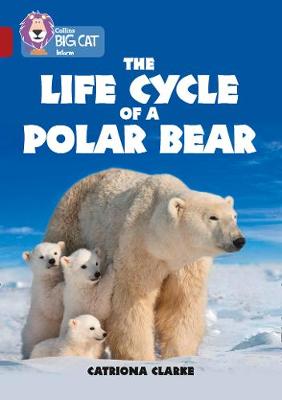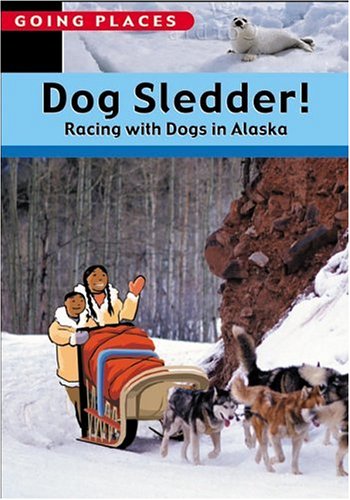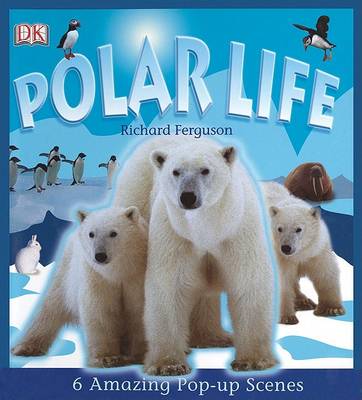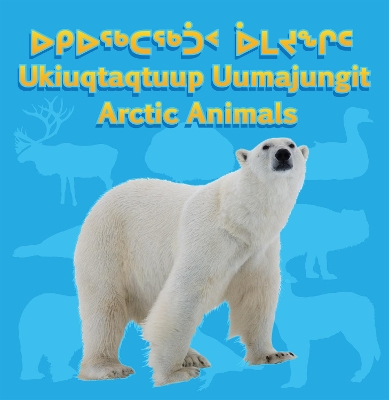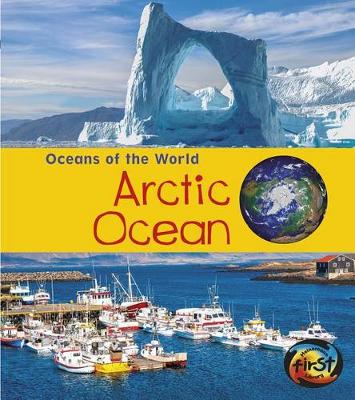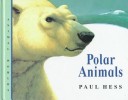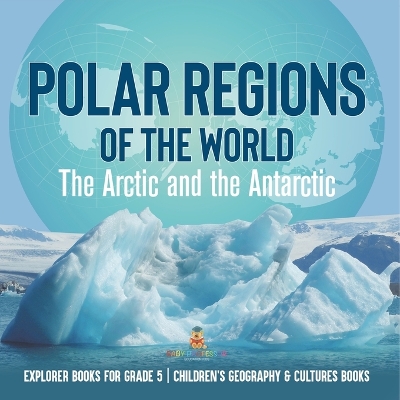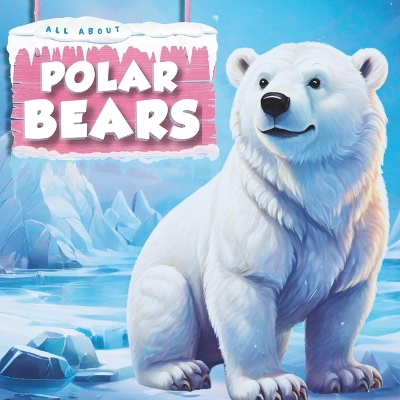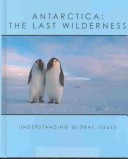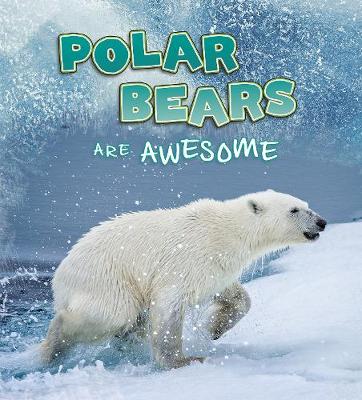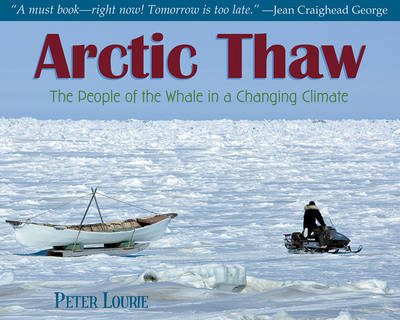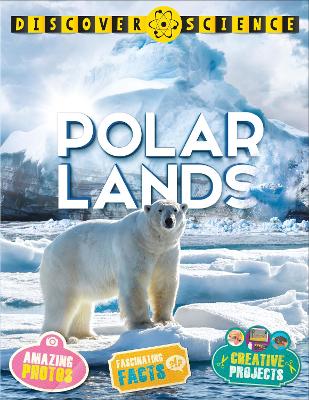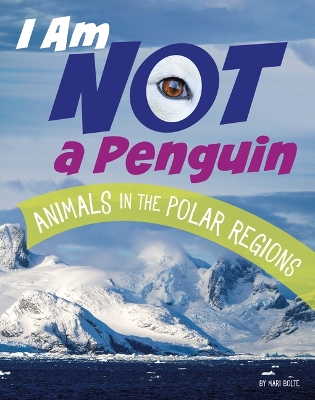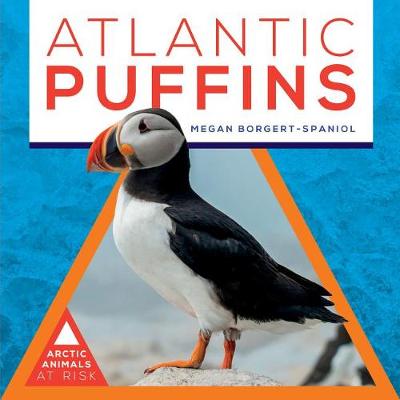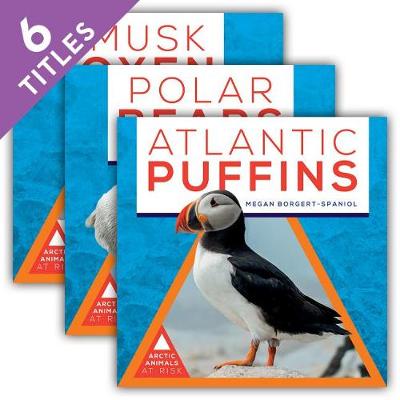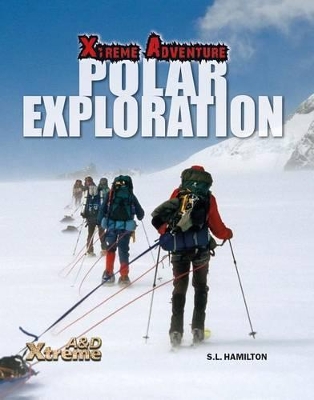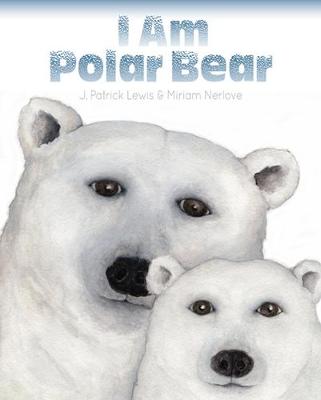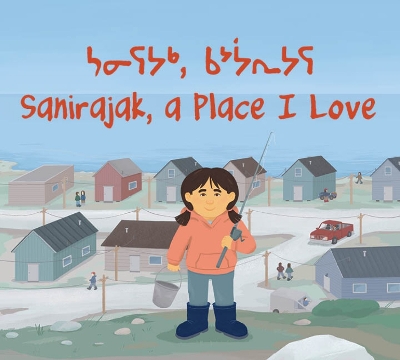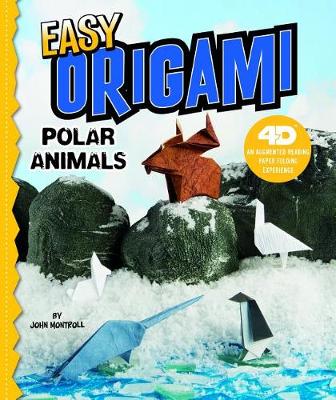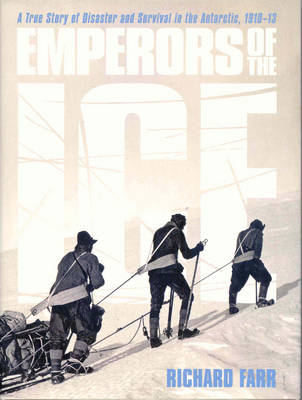Follow the journey of a polar bear from cub to adulthood to find out how they reach the top of the Arctic food chain and survive in the frozen north. Ruby/Band 14 books give increasing opportunities for children to develop their skills of inference and deduction.Text type - An information book.The book is organised into short chapters to help children practise the skills of locating and identifying important information.The glossary and index on pages 44 and 45 can be used to develop c...
This bilingual board book introduces infants to the names of various items of Arctic animals. Text appears in English, Inuktitut syllabics, and Roman orthography, meaning that even non-Inuktitut speakers can sound out the Inuktitut words. Arctic Animals features full-colour photographs of a variety of Arctic animals.
Arctic Ocean (Oceans of the World)
by Louise Spilsbury and Richard Spilsbury
Polar Animals (Animal Worlds (Zero to Ten)) (Animal Verse)
by Jack Prelutsky and Paul Hess
Introduces some of the animals that live in the cold regions of the world in illustrations and brief poems by a variety of authors.
Antarctica, the Last Wilderness (Understanding Global Issues)
by Jonathan Bocknek
Are the Inuit Ever Cold?: Exploring the Alaskan Region 3rd Grade Social Studies Children's Geography & Cultures Books
by Baby Professor
We're Not Always in Igloos: A Book on Different Inuit Homes 3rd Grade Social Studies Children's Geography & Cultures Books
by Baby Professor
Polar bears roam the Arctic tundra searching for food. Find out how these cold weather bears stay warm, what they eat, how they survive the extreme cold and what they do in a typical day. Features include a body map with labels for key aspects of the animal's body.
Scientists no longer debate whether the global climate is changing. Earth's atmosphere is warming up, and temperatures are rising twice as fast in the Arctic as the global average. How will climbing temperatures affect the ancient culture of the Inupiat people of Alaska's North Slope? Their culture revolves around the tradition of hunting bowhead whales from a platform of ice on the water. The hunt is the great co-operative endeavour that brings the community together to work, store food for lea...
Make science accessible with this essential series that will capture children’s imagination while laying the foundation for future learning. With clear, simple language and a compelling design, Discover Science gives young readers the answers to fundamental questions about animal homes, birds, light and sound, materials, and more.
Atlantic Puffins (Arctic Animals at Risk)
by Megan Borgert-Spaniol
Polar Exploration (Xtreme Adventure) (Xtreme Adventures (Abdo Publishing))
by S.L. Hamilton
Age range 6+ The polar bear is known by many names in different languages — White Bear, Ice Bear, Sea Bear. It is Sailor of the Icebergs, Whale's Curse, Seal's Dread. It is the animal deserving of great respect, the Ever-wandering One, the Master of Helping Spirits, Grandfather or God's Dog. Whatever its name, what is certain is that this majestic Arctic animal is threatened by extinction and in need of human protection before it disappears from our world forever.
Easy Origami Polar Animals: 4D An Augmented Reading Paper Folding Experience (Easy Origami Animals 4D)
by John Montroll
South America and Antarctica (Continents in Close-Up)
by Malcolm Porter and Keith Lye
Apsley George Benet Cherry-Garrard has always dreamt of becoming an explorer. So in the spring of 1910, when Captain Robert Falcon Scott offers young 'Cherry' the position of Assistant Zoologist aboard the Terra Nova, Cherry considers himself the luckiest man alive. Cherry's luck, however, will soon change. Far off in the icy unknown of Antarctica, where temperatures plummet below -77[degrees]F, exploration is synonymous with a struggle for life. Frostbite, scurvy, hidden ice chasms, and packs o...
